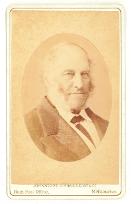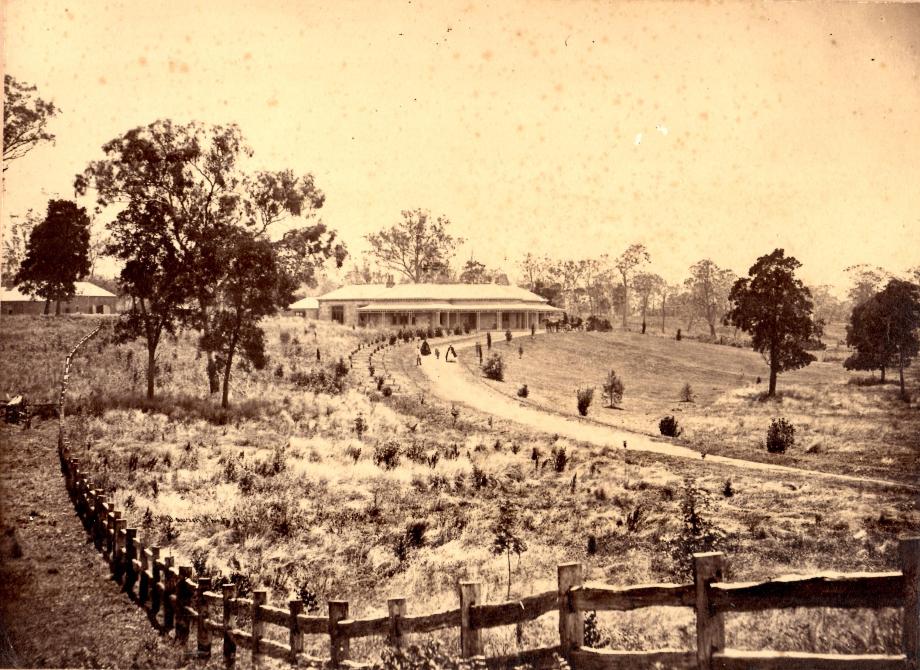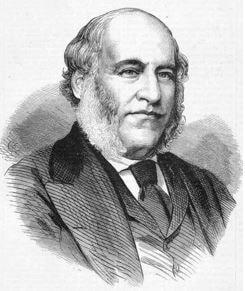a History of glenormiston



The Glenormiston Estate
Niel Black (1804-1880), pioneer pastoralist and politician was born in Scotland and sailed to Australia aboard the Ariadne. The vessel departed Greenock on Wednesday the 10th of April and docked at Port Adelaide on Monday, the 12th of August, 1839.
Black investigated pastoral prospects in Adelaide, in Melbourne and in Sydney. He preferred Port Phillip, in part because he thought it 'a Scotch settlement'.
Niel Black was the managing partner of Niel Black and Company - a business comprising of a number of partners including William Steuart of Glenormiston Peebleshire, R.S. Gladstone of Gladstone, Sarjeanston & Company, Liverpool and A.S. Finlay of Toward Castle, Argyllshire. Acting on behalf of the partnership, Niel Black purchased MacKillop & Smith's Strathdownie, loacated near today's township of Terang. He then renamed the 43'520 acre run Glenormiston after a Scottish estate.
On Glenormiston, cropping was of little consequence compared with the attention given to sheep and cattle. Black soon realised that Glenormiston was better suited for cattle than sheep.
By 1847, the Glenormiston run carried 2,000 cattle and 14,000 sheep.
In 1847, Black built a new stone house consisting of five rooms for a cost of 300 pounds.
In the 1850's Black returned to Scotland. In 1857, at the age of 53, he met and married Grace Leadbetter who was in her twenties. Towards the end of the 1850's, the pair settled in the Victoria's Western District. At this time, Black eagerly set about rebuilding the homestead. Besides the kitchen wing, this house comprised a dining room, drawing room and five bedrooms. The pleasant one-storey building was irregularly shaped and encircled by a wide veranda. Black took pride in establishing magnificient gardens; many fine trees were planted including a number of conifers and elms which remain.
Throughout the years, the homestead has had many esteemed visitors, including the Duke of Edinburgh who was a guest in 1867.
Black and his business partners prospered for many years. Black became a member of the Legislative Council, a Justice of the Peace and a Shire Councillor. However, various legislation challenging land ownership and entitlements eventually led to the dissolution of the shared business. In 1868, after 29 years of association, Niel Black and Company dissolved partnership.
The properties were divided amongst the men. T.S. Gladstone gained control of 'The Sisters'. Glenormiston was subdivided. The northern portion of the property was awarded to A.S. Finlay. Niel Black retained the southern portion which he renamed Mount Noorat.
Black was disappointed with his luck in the draw. He had wanted control of the northern station where he had started his pioneering days and established the Glenormiston Homestead. Three years after distribution, Black bought 'The Sisters' from Gladstone. However, it was the elevated yet sheltered cradle of Mount Noorat that he selected as the site for his new mansion.
The mansion Black constructed was beautiful and imposing, but scarcity of labour and the rising costs of materials combined to inflate the cost well beyond his forecast. He later described the mansion as 'his crowing failure in life'.
Niel Black died on the 15th of May, 1880. His widow and sons erected to his memory the Presbyterian Church at Noorat in 1883.
After Niel's death, his estate was divided amongst his three sons.
Niel's eldest son A.J. Black inherited Mount Noorat, where he resided until his death in 1912. Upon A.J. Black's death, the property was passed into the hands of his eldest son, I.S. Black. Following I.S. Black's death in 1939, his widow had the Mount Noorat mansion demolished. Aspects of the land were sold, yet the surrounding area remains mostly in the hands of the Black family.
N.W. Black, the third son, inherited Dalvui, comprising a magnificient two-storey homestead with 6,ooo acres. He was a talented musician and the organist in the Noorat Presbyterian Church for many years. However, N.W. Black boarded the ill-fated "Waratah" which was lost in rough seas between Durban and Cape Town in July, 1908.
The dalvui property was sold out of the family in 1910. Nevertheless, the Noorat community erected The Niel Walter Black Memorial Hall to honour the former landowner. The hall was erected in 1912 and is located in Presbyterian Church grounds at Noorat.
S.G. Black inherited "The Sisters", a property of 1,200 acres. However, much of this land was sold, mainly to tenant dairy farmers who had previously rented farms.
In 1889, to the delight of the residents of the area, S.G. Black purchased the Glenormiston House and 1,750 acres from the Land Company of Australasia, who had acquired the property from A.S. Finlay for subdivisional purposes. Thus, nine years after the death of the pioneer, Black's where back in Glenormiston House.
S.G. Black constructed a second storey to the building in 1905, extended the glorious garden area, and resided in the house until his death in 1939.
It was during this period that Glenormiston House hosted its second royal visitor: His Royal Highness the Prince of Wales (later King Edward VIII) who visited on 1st June, 1920.
In 1949, the House was sold to the Government with an area of 696 acres and the remaining lands sold as farms.